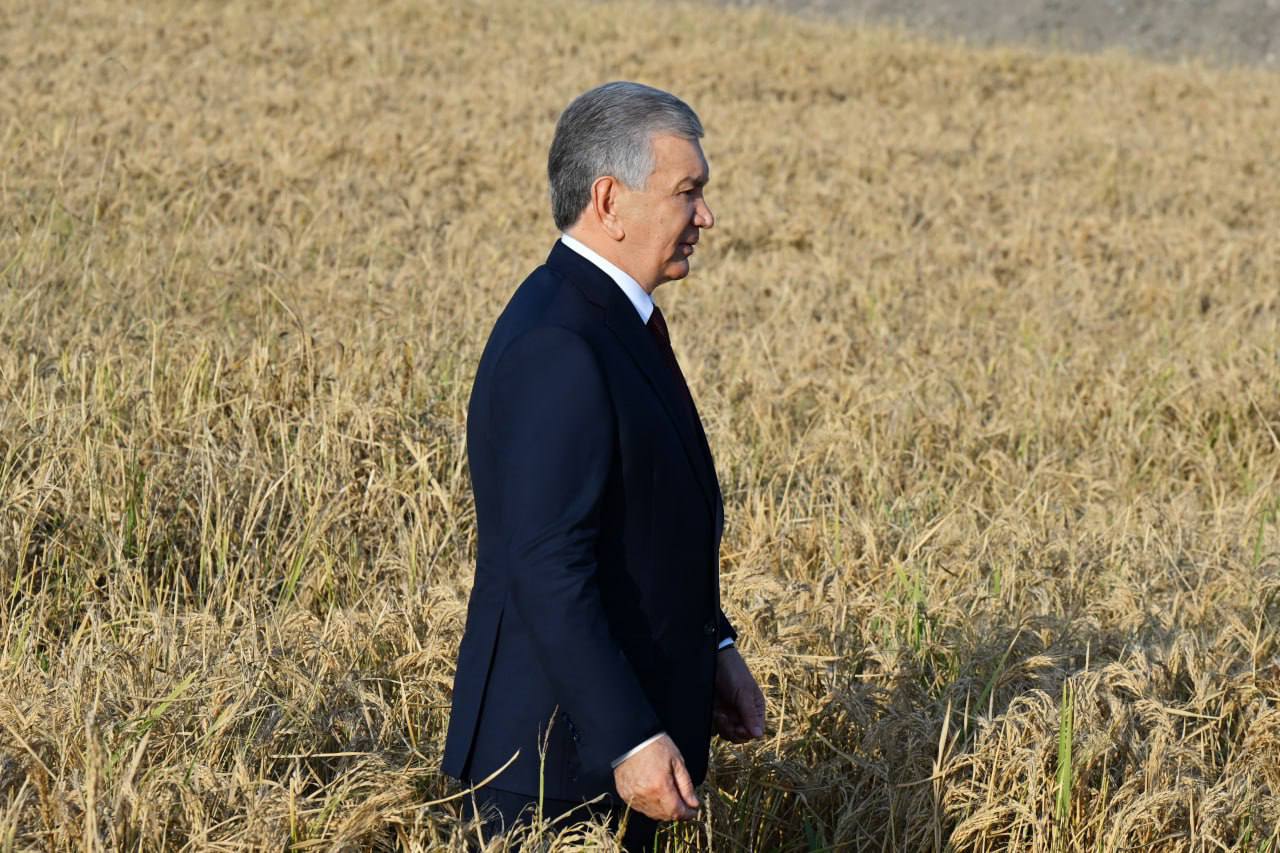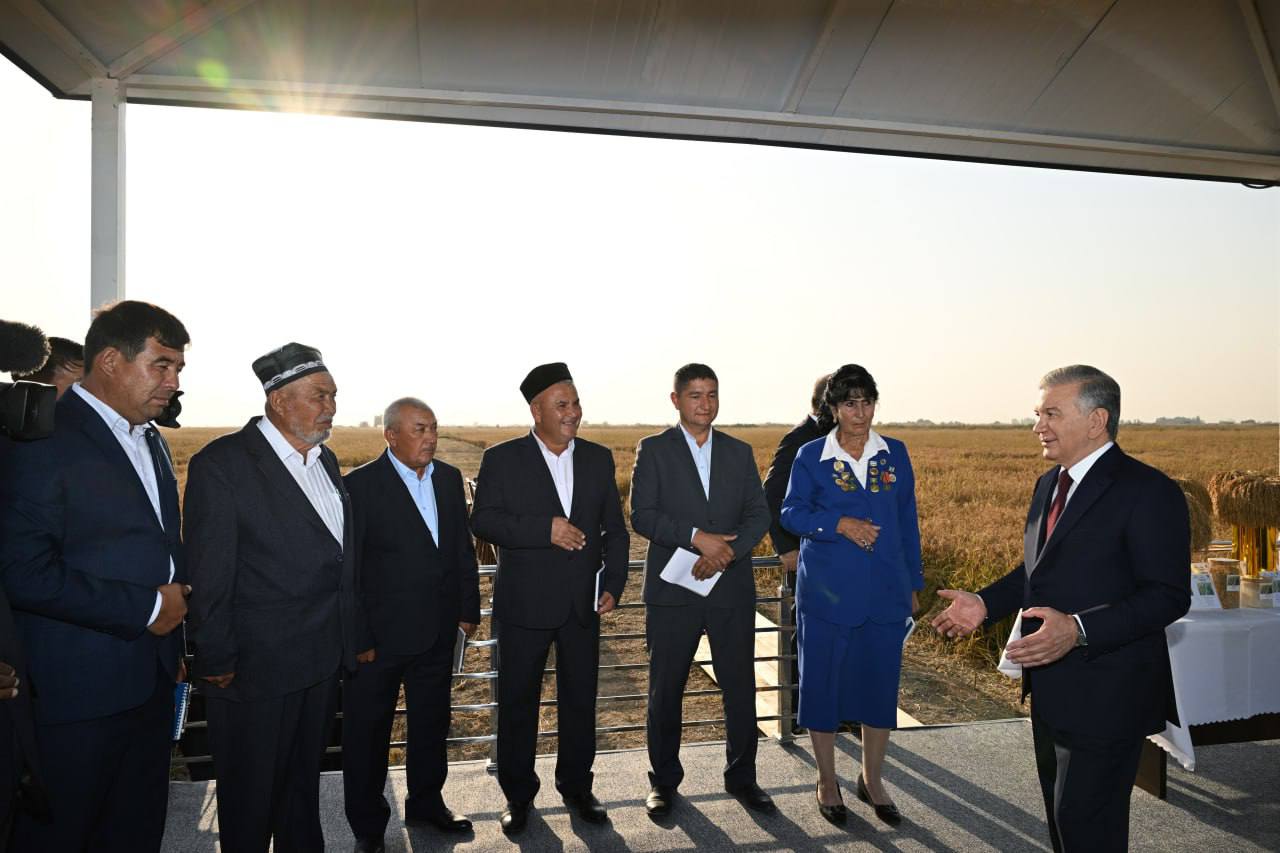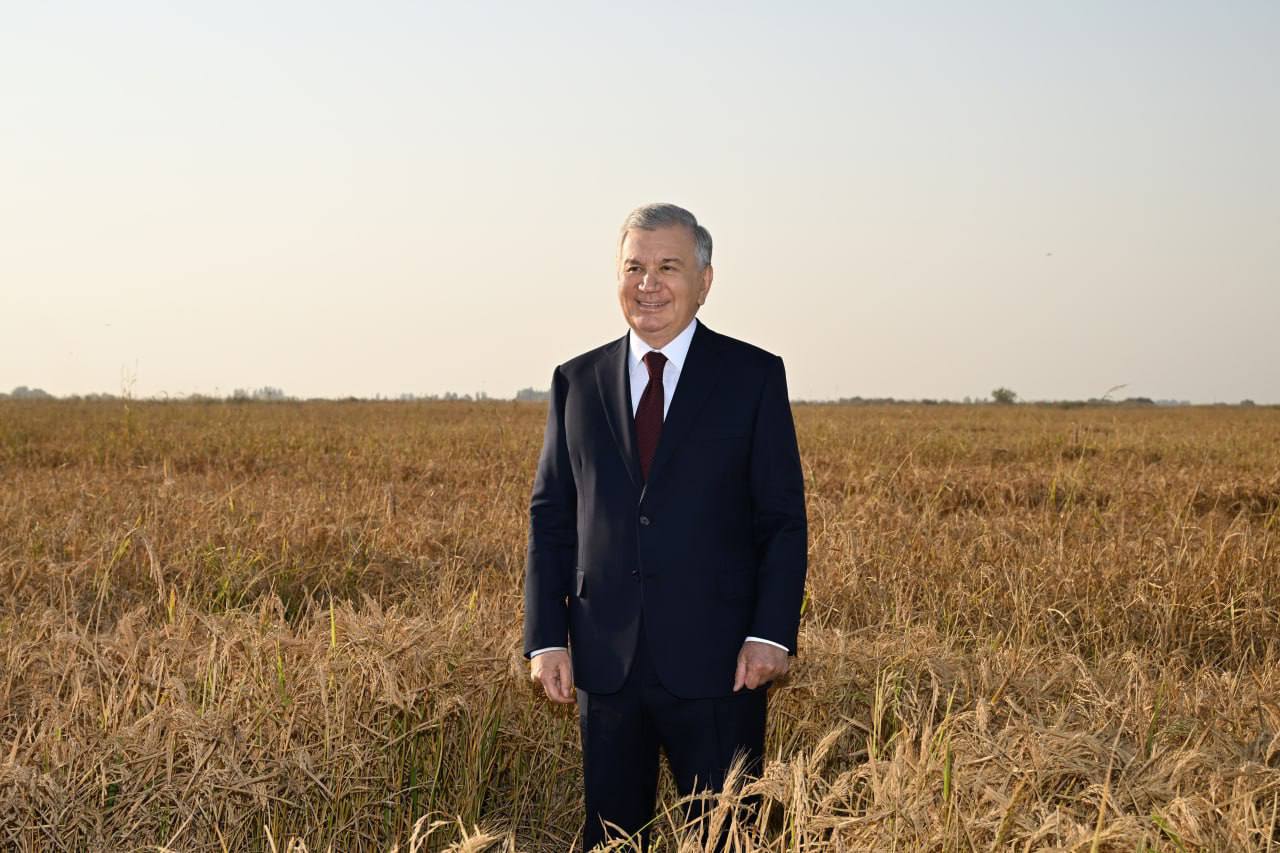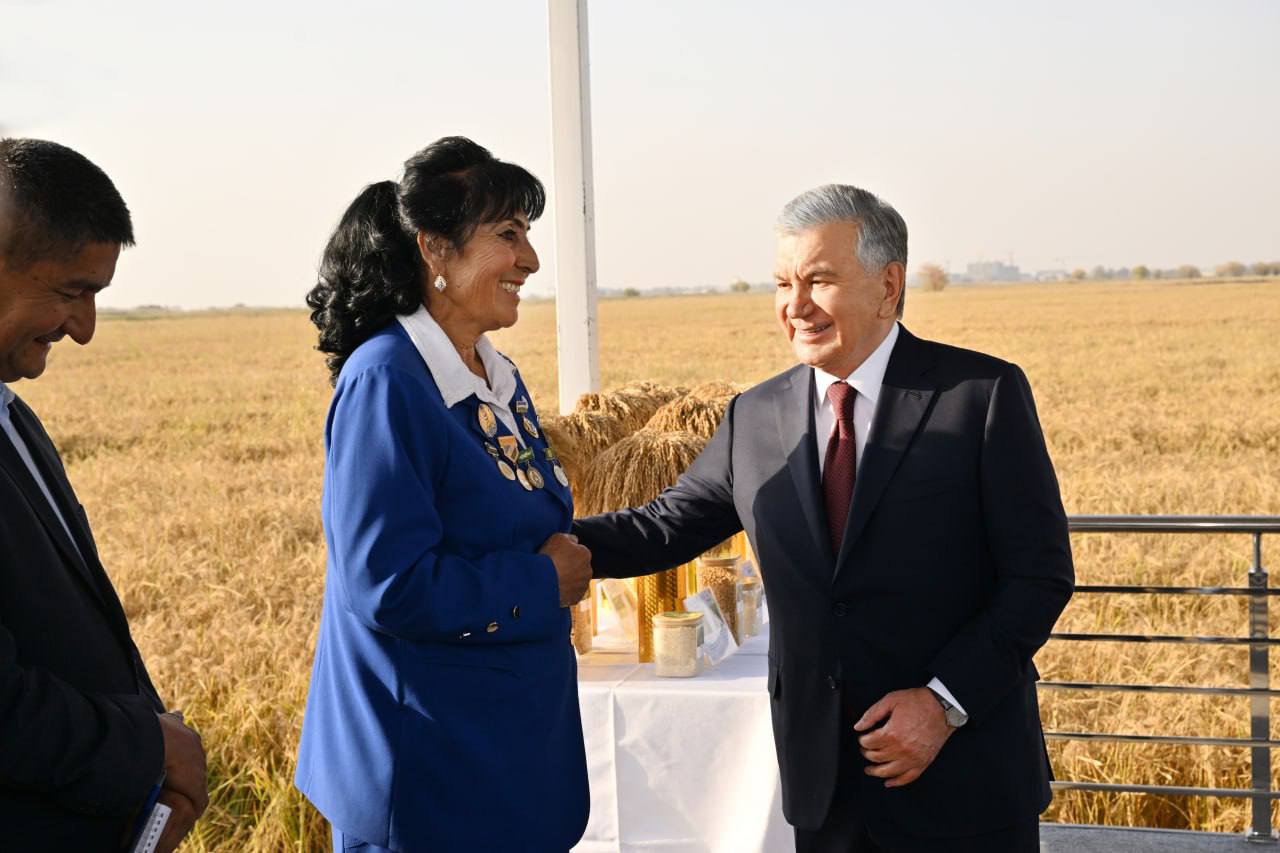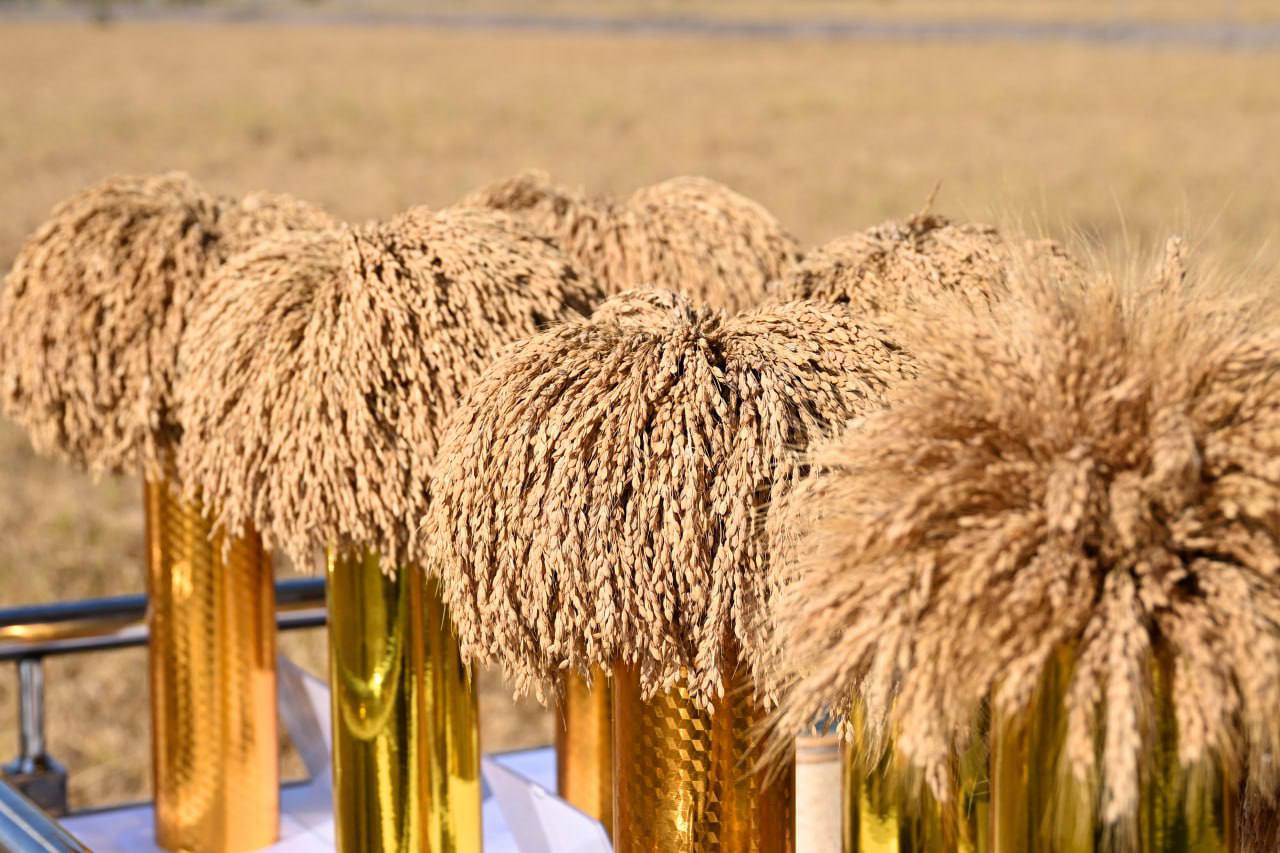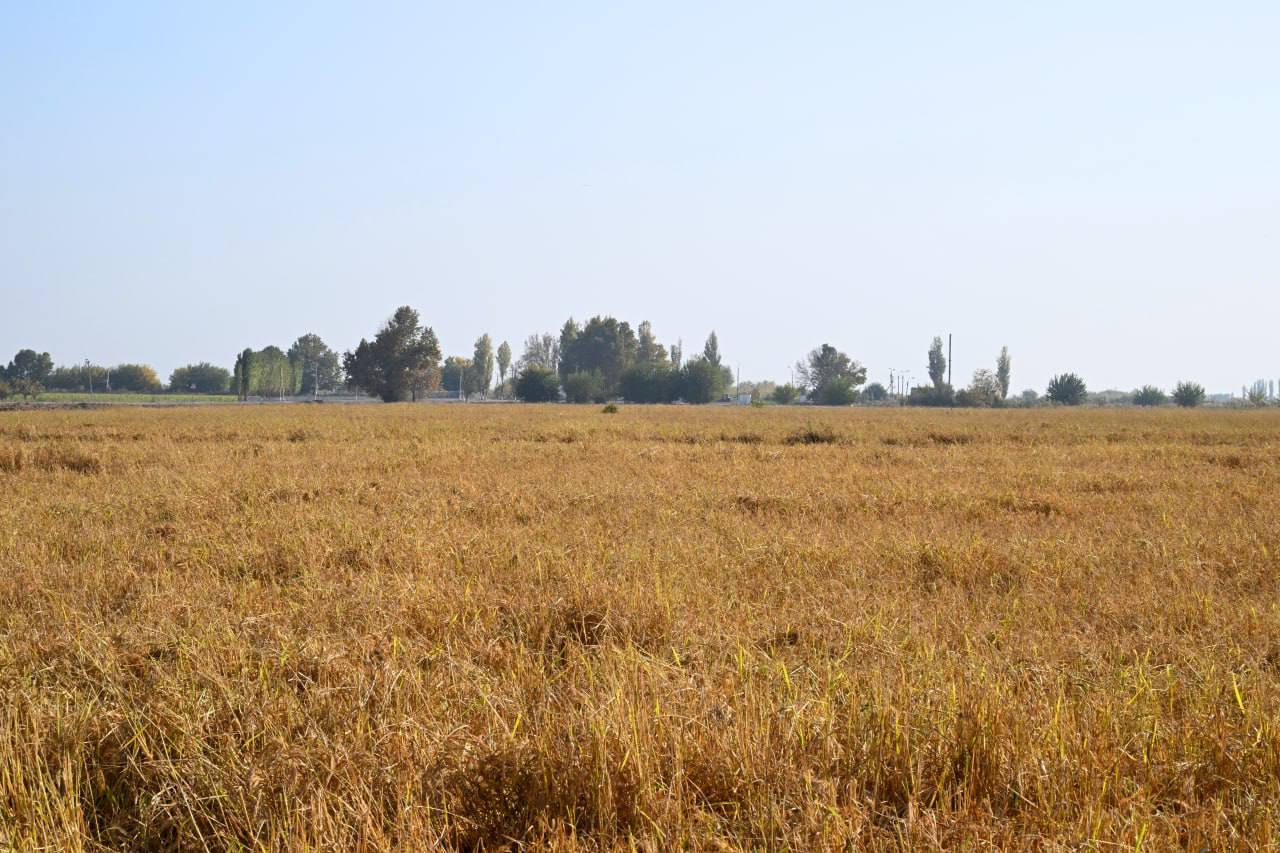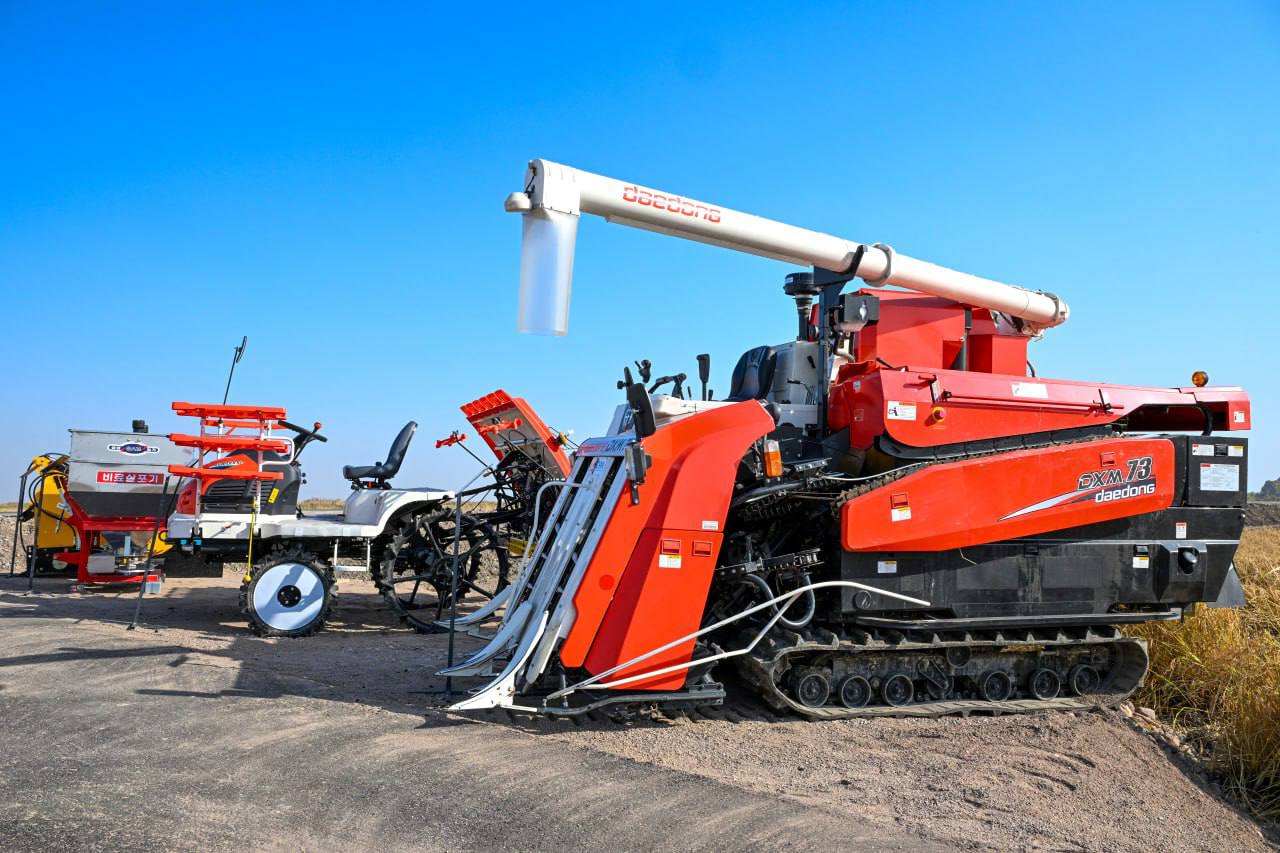
15.10.2025
President Shavkat Mirziyoyev got acquainted with the activities of “TСT Rice” cluster, located in Kuyichirchik district of Tashkent region.
A full production cycle from rice cultivation to its deep processing was established in the limited liability company.
It should be noted that earlier rice farmers worked in a scattered way and couldn’t receive decent revenue. Especially a lot of problems have occurred at the stage of harvest processing. In the recent years thanks to the attention paid, quality changes have been introduced in the sector, the production effectiveness has been increased.
Today the rice farming in Tashkent region demonstrates noticeable success. In the current year the rice was sown on an area of 8,7 thousand hectares in the region. To introduce water-saving technologies laser leveling was conducted on 3 thousand hectares. As a result it was possible to save 60 million cubic meters of water and reduce the seed consumption by 522 tons.
In particular, TСT Rice cluster cultivated “Iskandar”, “Gulistan” and “Nukus” types on an area of over 2 thousand hectares. Today the rice was harvested from 985 hectares, whereas the yield is on average 65-70 quintals per hectare, and on separate fields – up to 80-85 quintals.
The President spoke with the farmers and veterans of agriculture. They pointed that thanks to the implementation of high-yielding varieties and modern agricultural technologies, the labor productivity and revenue is growing.
– Today, we rely on science, innovation, and advanced technologies in all areas. If we had not introduced market principles into agriculture and increased profitability, we would not have had such a harvest. Now nature is changing, water is becoming more scarce, and farmers need to adapt, switch to drip irrigation and rational water use, - emphasized Shavkat Mirziyoyev.
It was noted that it is important to study international experience and increase labor productivity based on science and technology.
Responsible officials have been given instructions to expand the cultivation of high-yield varieties, increase processing, make effective use of water-saving technologies, and create new jobs.

